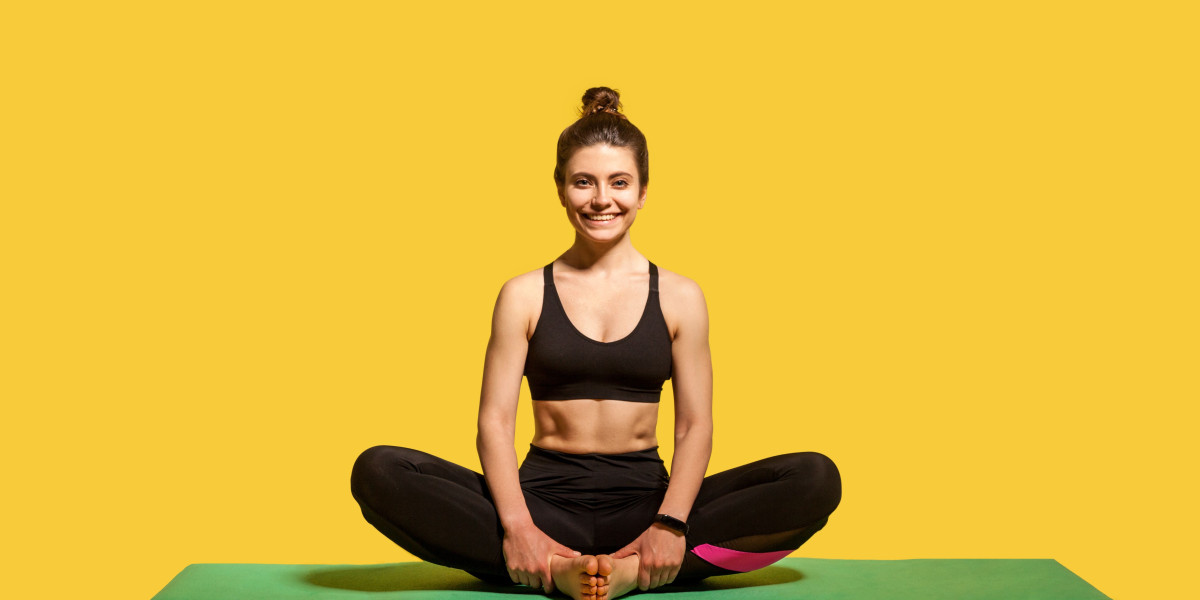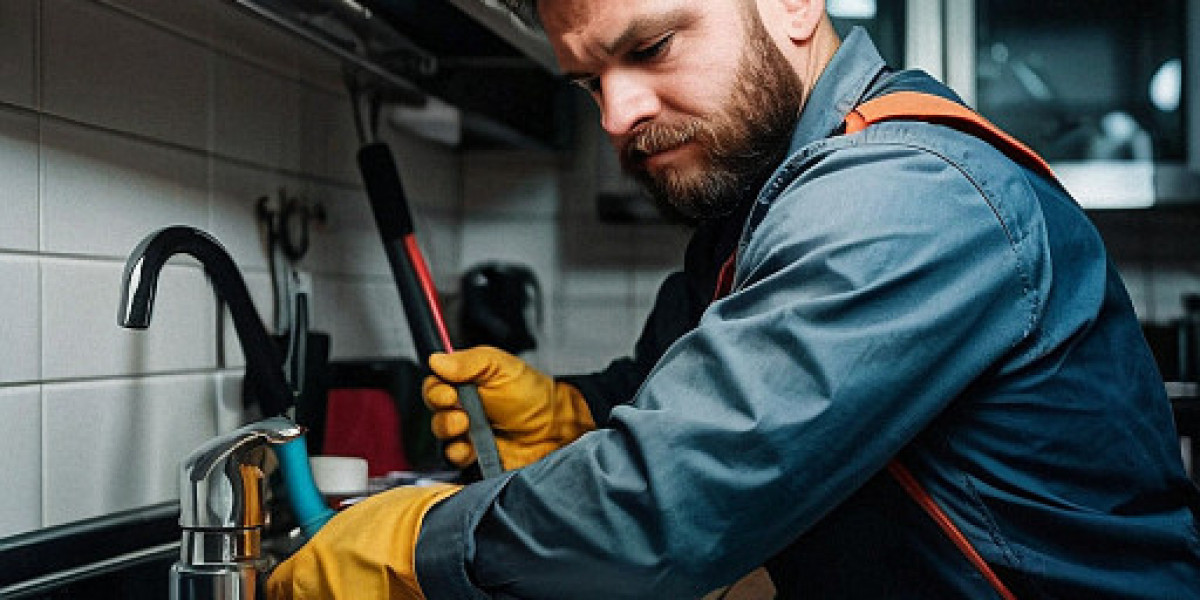Weighted Pull-Ups
Weighted pull-ups are one of the toughest, but also most effective, exercises for building back muscles. However, they aren’t for everyone—especially not for beginners. You need to master regular pull-ups first before adding weight.
Why Are Weighted Pull-Ups Good?
If you want to add more muscle mass to your back, you need exercises with a high load. Many common exercises like rows (pulling weight toward your body) or machine exercises (like hammer or block rows) aren't as effective for this. They often limit how much weight you can use, and there's a risk of injury, like pulling a muscle or getting a hernia, especially with heavy weights.
How Are Pull-Ups Different?
Pull-ups are a basic exercise that don’t have a fixed starting position, meaning they work many muscles at once, especially in the back. The load on your muscles is high, making them great for increasing the width and thickness of your back.
When Should You Start Weighted Pull-Ups?
Once you can easily do 8-10 regular pull-ups and have been doing strength training for a few years, you can move on to weighted pull-ups. At this point, your body weight alone isn’t enough to challenge you further. But don’t rush—follow these basic rules:
How to Do Weighted Pull-Ups Correctly
Technique
When doing weighted pull-ups, think of it as pulling the bar towards your chest. This mental trick helps your brain stay focused and keeps you from giving up too early.
To stay balanced during the exercise, cross your legs at the calves and slightly push your knees forward as you pull up. This stops you from swinging too much. Swinging (also called the "pendulum" effect) is bad form and can shift the focus from your back muscles to your arms and shoulders, which isn't what you want.
Adding Weight
Start with a small weight—around 5 kg (about 11 pounds). Gradually increase the weight as you get stronger, but what’s more important than the amount of weight is where you attach it. The most common mistake is attaching the weight in front of your body, like on a belt. This can mess up the natural movement of the exercise.
Instead, attach the weight so it hangs directly underneath you, not in front or behind. The best way to do this is to use a chain and athletic belt. Thread the chain through the back, so that when your legs are slightly forward, the weight stays under your body. This helps keep your form natural and makes the exercise feel more comfortable.
Head Position
To maintain the proper body position during pull-ups, tilt your head back slightly, as if you're looking up at the stars. Don’t look at the bar or down at the weight. If you twist your torso, your back muscles won’t contract fully, and this is especially true when you're adding weight.
For the best results, use a bench to help you get into position. Step up onto the bench, grip the bar, tilt your head back, and pull up without moving your head. This helps keep your form consistent.
Wrist Support
A common issue with weighted pull-ups is weak wrists or forearms, which can make it hard to hold onto the bar. You can spend time strengthening your forearms, or you can use accessories to help.
Two useful tools are wrist straps and wrist hooks. Straps aren’t the best option because they can cut off circulation in your wrists, especially when you're pulling your body weight plus extra weight. This can lead to numbness and pain.
Wrist hooks are a better option. They attach to your forearms with Velcro, and the hooks hold onto the bar. The hooks don’t put pressure on your wrists, making them more comfortable to use. The only downside is that they aren’t great for horizontal pulling exercises, like barbell rows. So, you'll need both hooks and straps depending on the exercises you’re doing.
Final Thoughts
Weighted pull-ups are an excellent exercise for building strength, but the details of how you perform them matter a lot. If you ignore the technique, you might not get the full benefits. Before you start adding weight, take time to perfect your form with lighter loads. Once you’re confident, you can gradually increase the weight and make serious progress.








